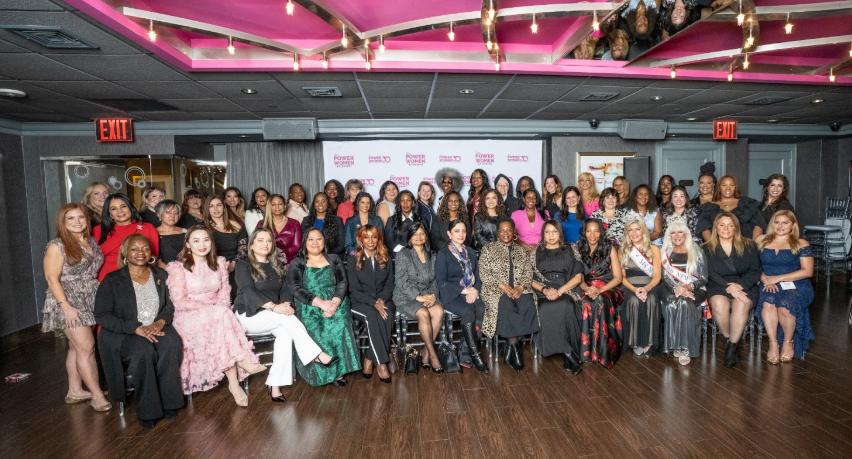The New York State Department of Labor, in collaboration with the New York State Governor, Kathy Hochul, announced last week that the state kicked off a public awareness campaign aimed at promoting New York as the first state in the nation to offer paid prenatal leave.
The campaign officially kicked off on New Year’s Day, Jan. 1, 2025; the goal is to bring awareness and educate New Yorkers and business owners about this new law.
The objective overwhelmingly is to inform pregnant women in New York State that there is a new law established for pregnant women. “… they will never have to choose between paycheck and prenatal care. That is why I pushed to create the nation’s first prenatal leave policy,” the governor declared.
Effective Jan. 1, 2025, any privately employed pregnant women in New York State can now receive an additional 20 hours of paid sick leave for prenatal care.
According to the New York State Department of Labor, it is estimated that about 130,000 pregnant women per year will be eligible for this benefit, with about 65,800 of those being hourly paid workers. Pregnancy-related health care includes physical examinations, medical procedures, monitoring, testing, discussion with a health care provider needed to ensure a healthy pregnancy, fertility treatment, and pregnancy care.
The paid prenatal leave benefits are in addition to New York State Paid Family Leave. Existing employers in New York State have already provided sick leave benefits, ensuring workers can receive the health care needed to address all pregnancy-related care to create healthy outcomes without jeopardizing their employment or finances. This applies to both full-time and part-time employees who are pregnant. “Too many women are not able to receive this medical care because they cannot take unpaid leave; one recent study found that nearly 40 % of women who did not get prenatal care reported this was due to a lack of paid leave or unaffordable care.”
Results coming out of the campaign’s survey showed that infants born to mothers who received prenatal care and infants whose mothers did not receive prenatal care were three times more likely to have low birth weight, less than 5.5 pounds, and five times more likely to die in infancy. Additionally, women who do not receive prenatal care are three to four times more likely to die from pregnancy-related complications than those who do receive prenatal care.
Pregnant women of color, especially Black women, face disproportionately higher rates of pregnancy complications and maternal mortality nationally. Black women are overrepresented among pregnancy-related deaths, accounting for 14.3 % of all births in New York in 2018 but more than half, 51 %, of maternal deaths. Black women are five times more likely to die from pregnancy than white women and are also more likely to experience complications. The preeclampsia rate is 60 % higher in Black women than in white women.
In her continued support for the prenatal care benefits for New York State women, Gov. Hochul said that paid prenatal leave is part of her broader plan to improve maternal and infant mortality; she has established 12 weeks of paid parental leave benefits for more than 80 % of the state workforce, extended postpartum coverage for up to a full year of Medicaid and Child Health Plus enrollees, established statewide Medicaid coverage for doulas, created the state’s first doula directory and has taken steps to eliminate cost-sharing for certain pregnancy-related benefits for those enrolled in the state cost-sharing for certain pregnancy-related benefits for those enrolled in the state’s Essential Plan or Qualified Health Plans. `



























